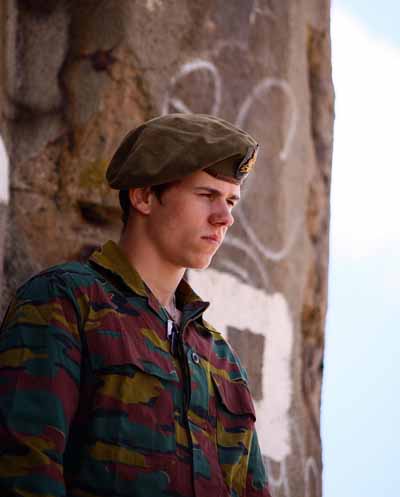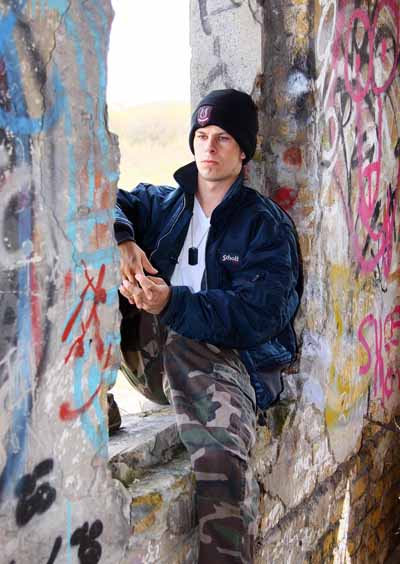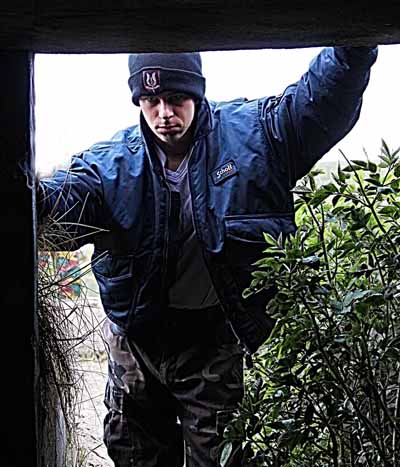|
Get in touch! |
Shooting Days
Home » Shooting Days » List of events » Military 2012
| One of the key advantages of working with different photographers is to be able to work with a lot of equipment and accessories. Of course, each photographer has his own set of accessories, but that's not enough when you want a real photoshoot in military style. Military and security themed photoshoots are single day events or are included in the Shooting Days. This is one of our previous military photoshoots in an old military base.
Historic overviewNowadays, the war generation has passed by and the new generation is eager to learn about the war and all the remaining bunkers are protected by decree. Even the small one-person shelters are protected. In France, none of the bunkers were removed after the war. Some of the bunkers were transformed in a war museum (La Coupole, le Blockhaus d'Audinghen (Batterie Todt), le Blockhaus d'Eperlecques, le Musée de la mémoire 39-45 (Calais) and the V3 bunker at Mimoyecques). But most of the bunkers are just part of the landscape.
Battle of Dunkirk |
Operation Fortitude
To get the germans to believe the landing would take place in the Pas-de-Calais, the allied bombed intensively the region. Bridges and roads were destroyed (this had the advantage of blocking german troops in the region while the landing took place somewhere else). False rumors were spread and the french undercover army was activated. But a landing was not possible in the region, there were far too much bunkers, too much tanks and army divisions.
An invasion is only possible if the allied forces can be protected by the english spitfires. The only regions that are close enough to the english coast are the Belgian coast (up to the french département of the Somme) and part of Normandie.
The Atlantic wall was breached a second time in Zeeland (the Netherlands). The aim was to free the waterway (Schelde) to Antwerp, and that was only possible if all the german troops were removed from the coast and South Netherland islands. Most of the french ports could not be used, while Antwerp was situated near the front line. Antwerp was nearly intact because it was freed by belgian forces some days in advance of the regular troops. The german were taken by surprise and had no time to destroy the site.
Fotoshoot military and security
Then we got to the port of Dunkirk (écluse Charles de Gaule) for a water shoot (it was really cold) and in the evening there was a shooting at the digue du Braeck: at one side the blast furnaces of Mittal, at the other side the sea.
The “Batterie de Leffrinckoecke” is well known. Its a complete set of bunkers (another set of bunkers can be found nearby the Pointe de la Crèche, but it's on private grounds. A group of parisian students were making a videoclip and they used our models. We exchanged our business cards (actually, i gaven them my photographers card). After two years, i'm still waiting for a youtube link to their videoclip...
Military & security 2012
Google pages selection that could be of some interest to you






